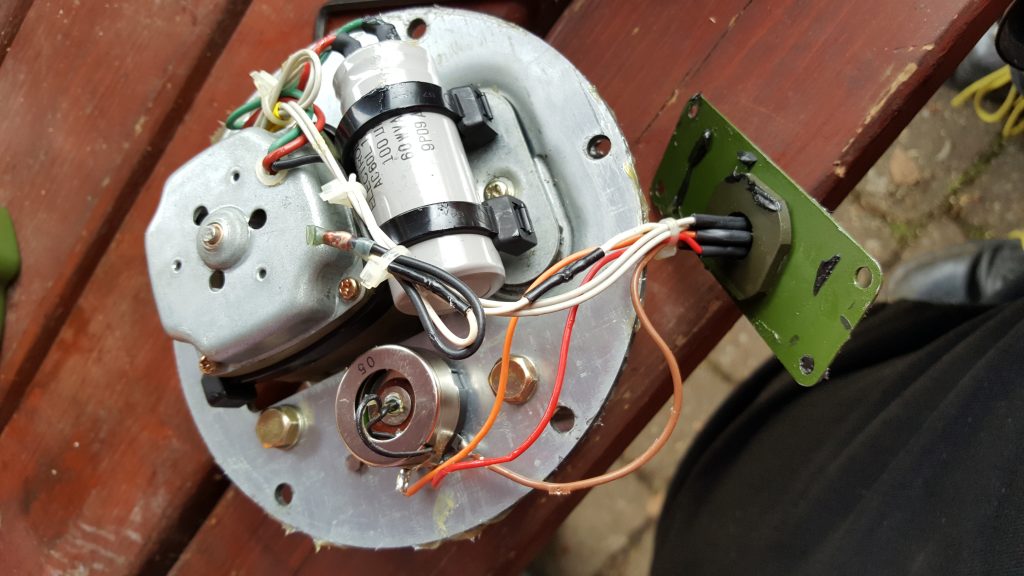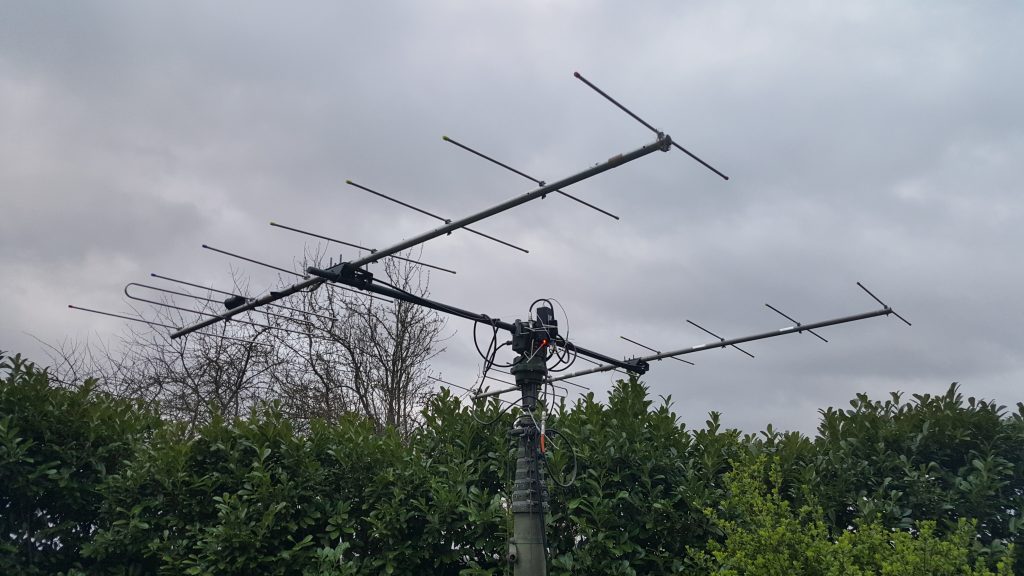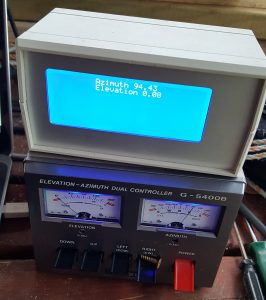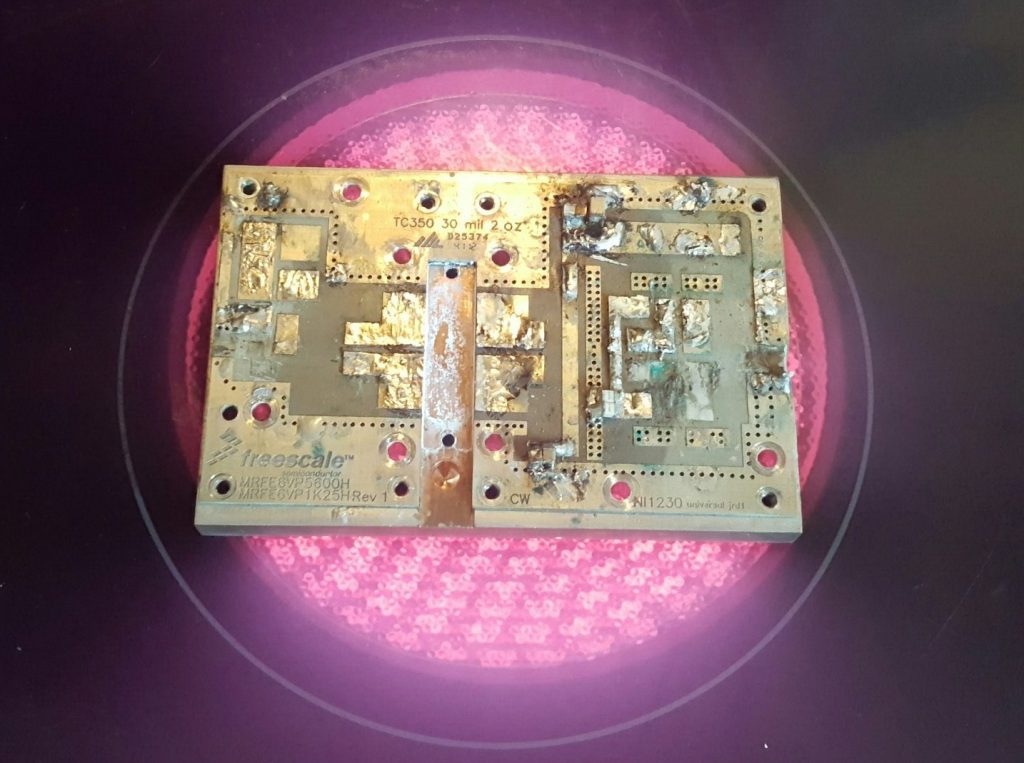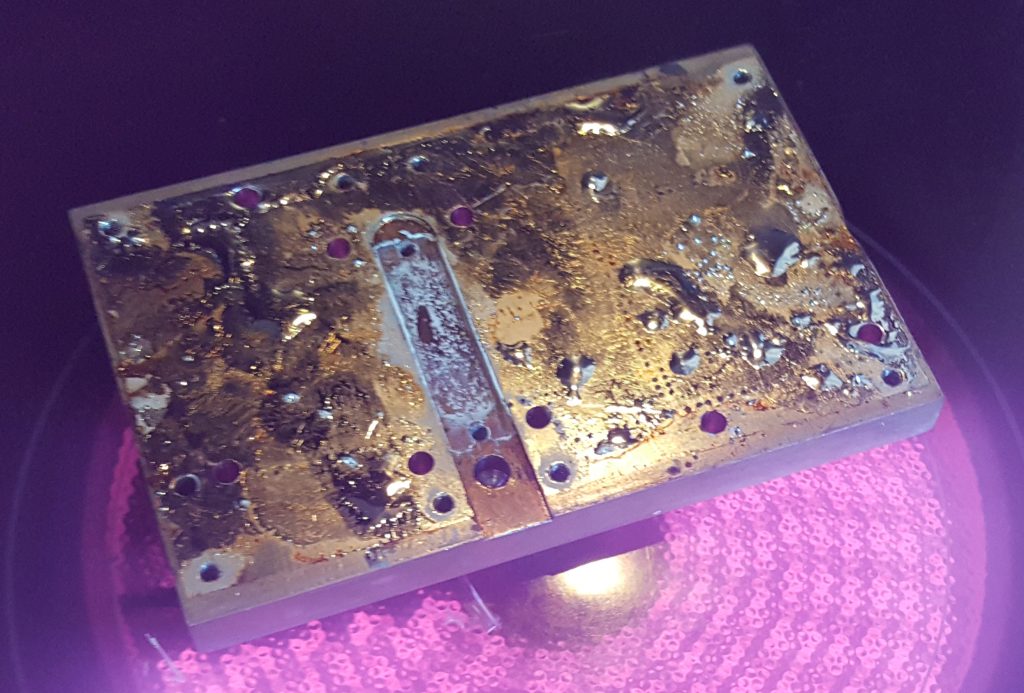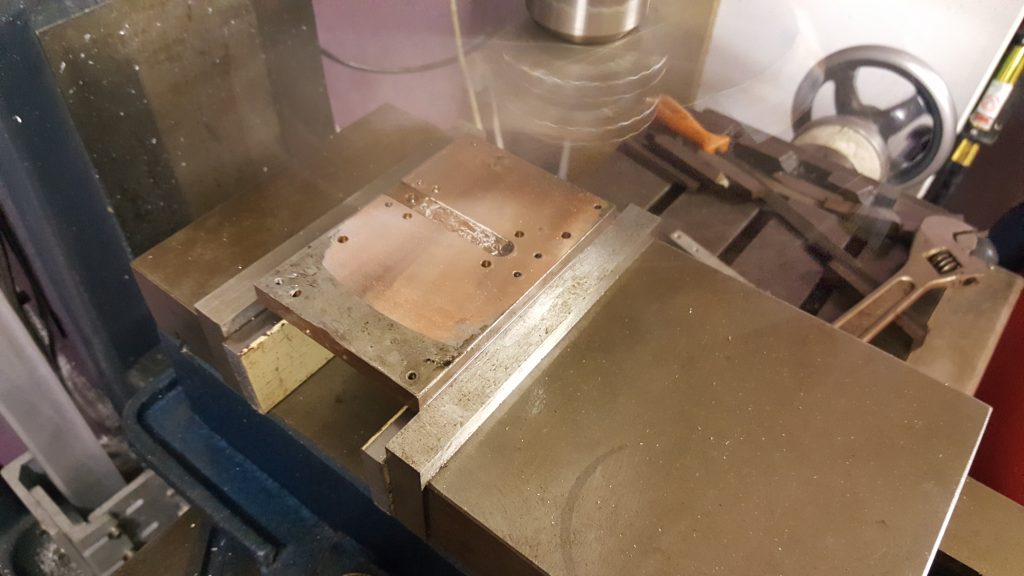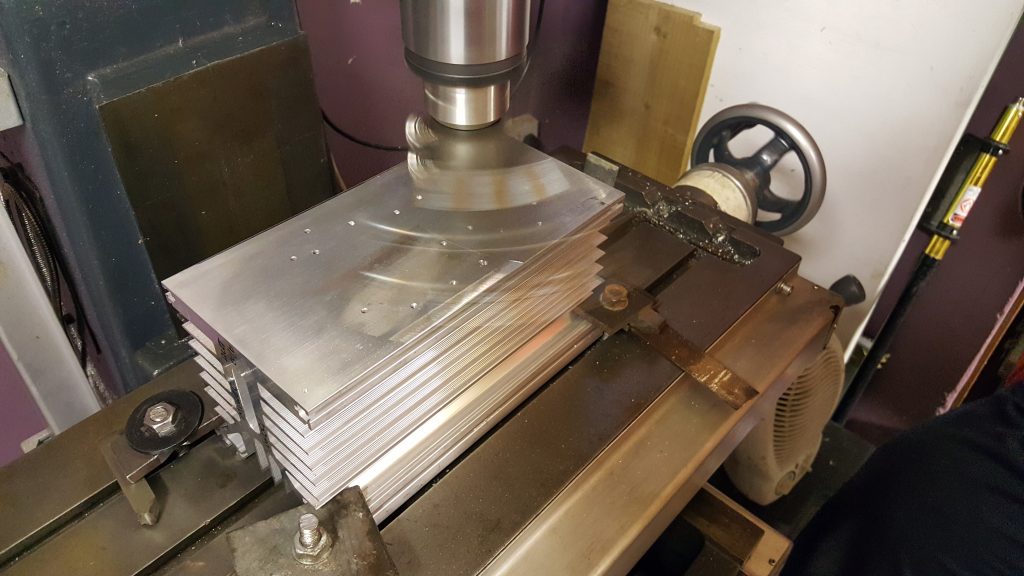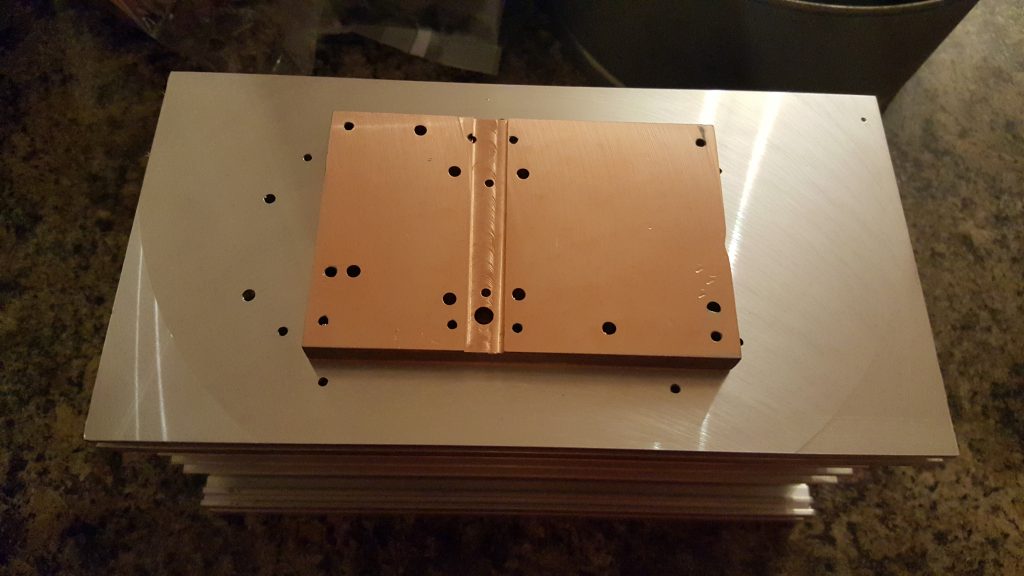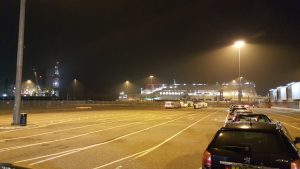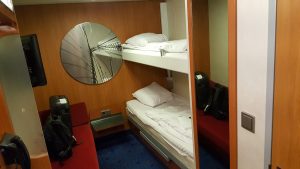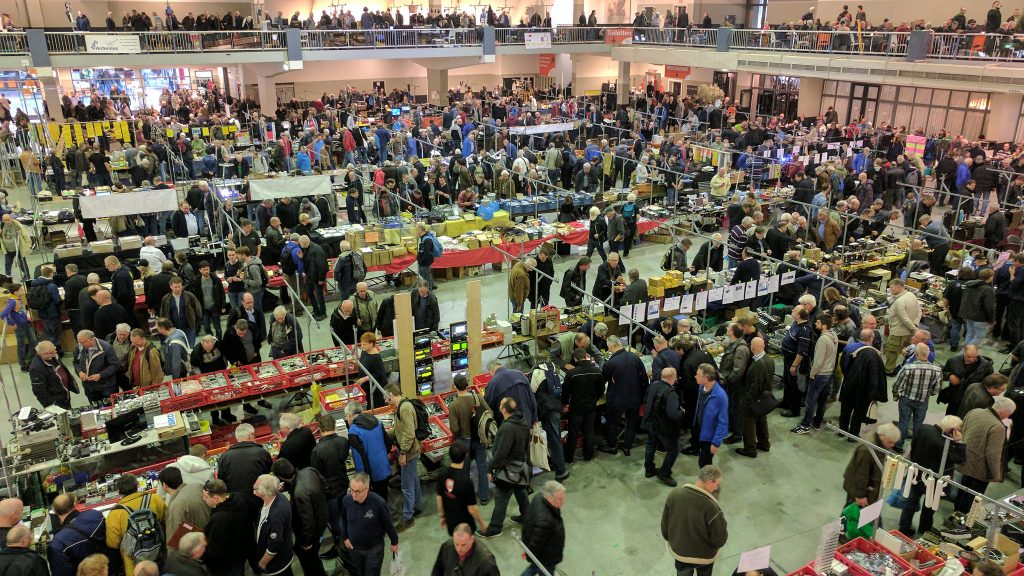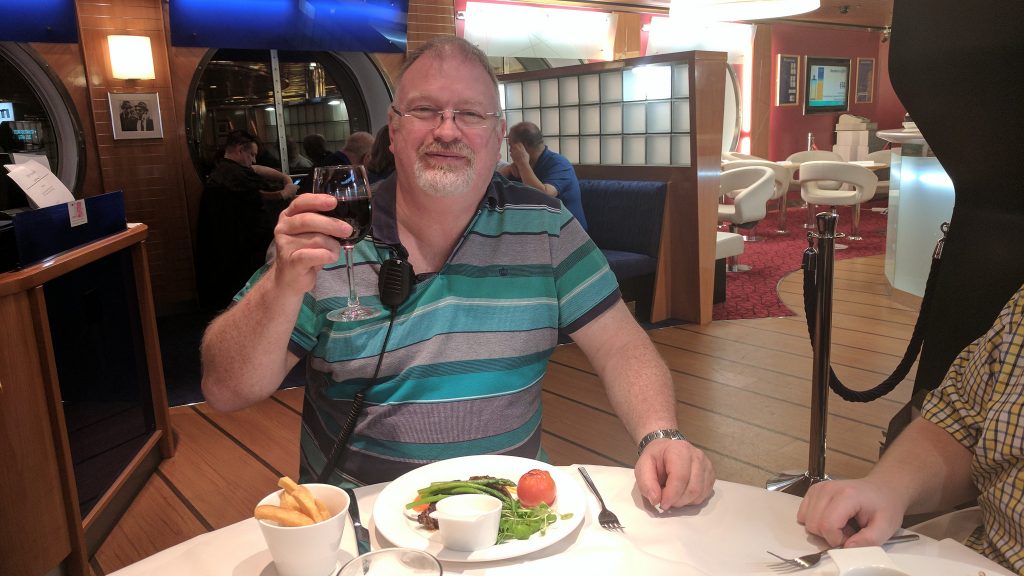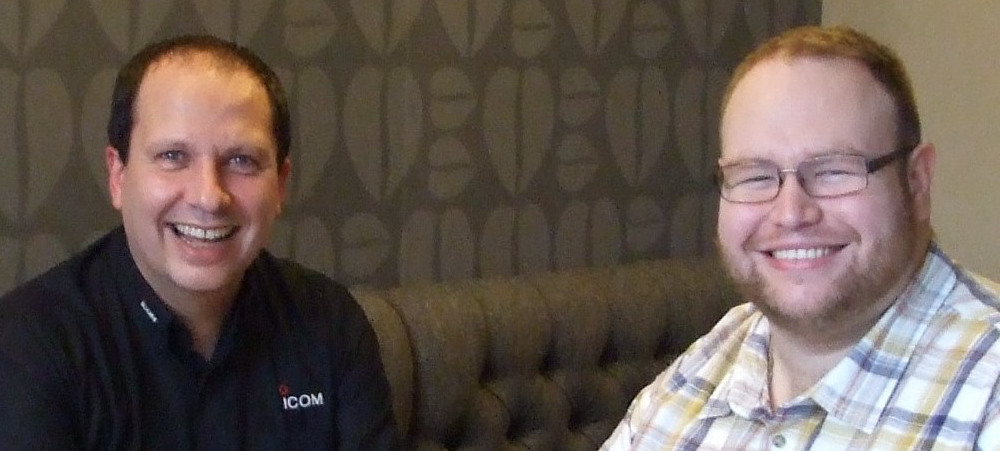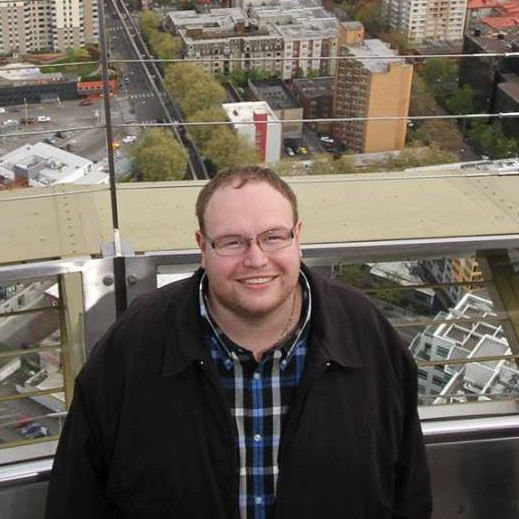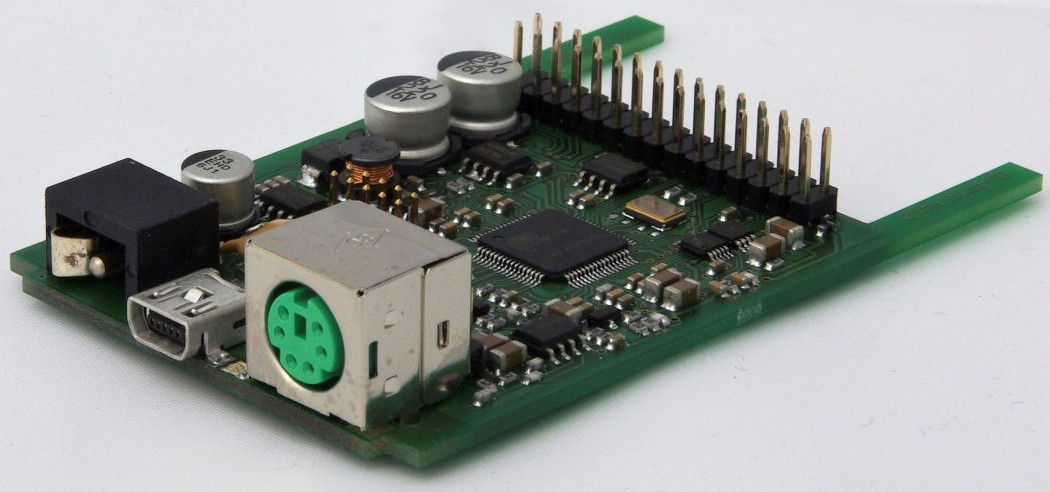I brought a Yaesu G-5400B azimuth and elevation rotator & controller system from a friend at a local radio club about 6 months ago. I brought the rotator as faulty. When I powered the rotator up on the bench, I couldn’t find any fault. I built a PC-Rotator controller interface similar to the Yaesu GS-232 interface to accompany the G-5400B controller, and while doing extensive testing, no fault with the rotator became apparent.
This weekend, following the acquisition of some fibreglass poles at the Rosmalen hamfest, I decided to set up my bayed 144 MHz beams with the azimuth/elevation rotator. After mounting the antennas on the beam, fixing the phasing harness and the mast-head preamp and connecting the cabling, I noticed that the rotator was no-longer working correctly. Although both of the rotators would turn, the azimuth display on the control box failed as soon as the coax was connected to the radio (or more specifically, the coax screen connected to anything in the shack that was earthed).
Using a multimeter to inspect what was going on, it was clear that the coax ground was sinking current sent to the potentiometer inside the azimuth rotator. Looking at the schematic, the cause would appear to be that the +6V side of the feedback potentiometer was somehow becoming shorted by the connection of the coax screen.
I decided to pop the cover and see what was going on
From inspection, you can see that the original hypothesis was correct and that one side of the potentiometer was shorting to the casting – the brown wire had been caught between the plate visible and mounting point. Since the antenna metal is grounded via the coax, this effectively shorted out via the broken insulation on the brown wire.
The repair was the simple process of snipping the broken wire, and soldering a new one in. I also used two tiny cable ties to bundle the wires to the potentiometer and to ensure they were kept away from the mounting hole, too.
The rotator goes back together easily assuming you have followed the usual advice when dismantling these rotators; marking the case and internal gear such that it can be reassembled with the same aligning.
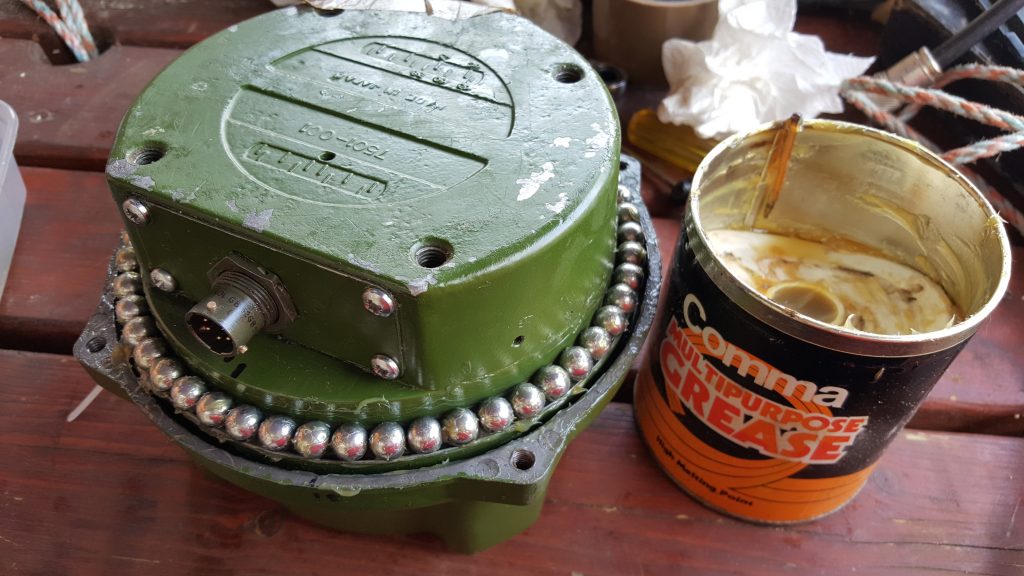 After finishing the reassembly of the the G-5400 rotator, being sure to grease the bearings, I was ready to mount the antennas and try again.
After finishing the reassembly of the the G-5400 rotator, being sure to grease the bearings, I was ready to mount the antennas and try again.
This time around, the rotator functioned perfectly. The total repair took around an hour. Now I need to finish the PC interface to make use of the fancy graphics LCD!

